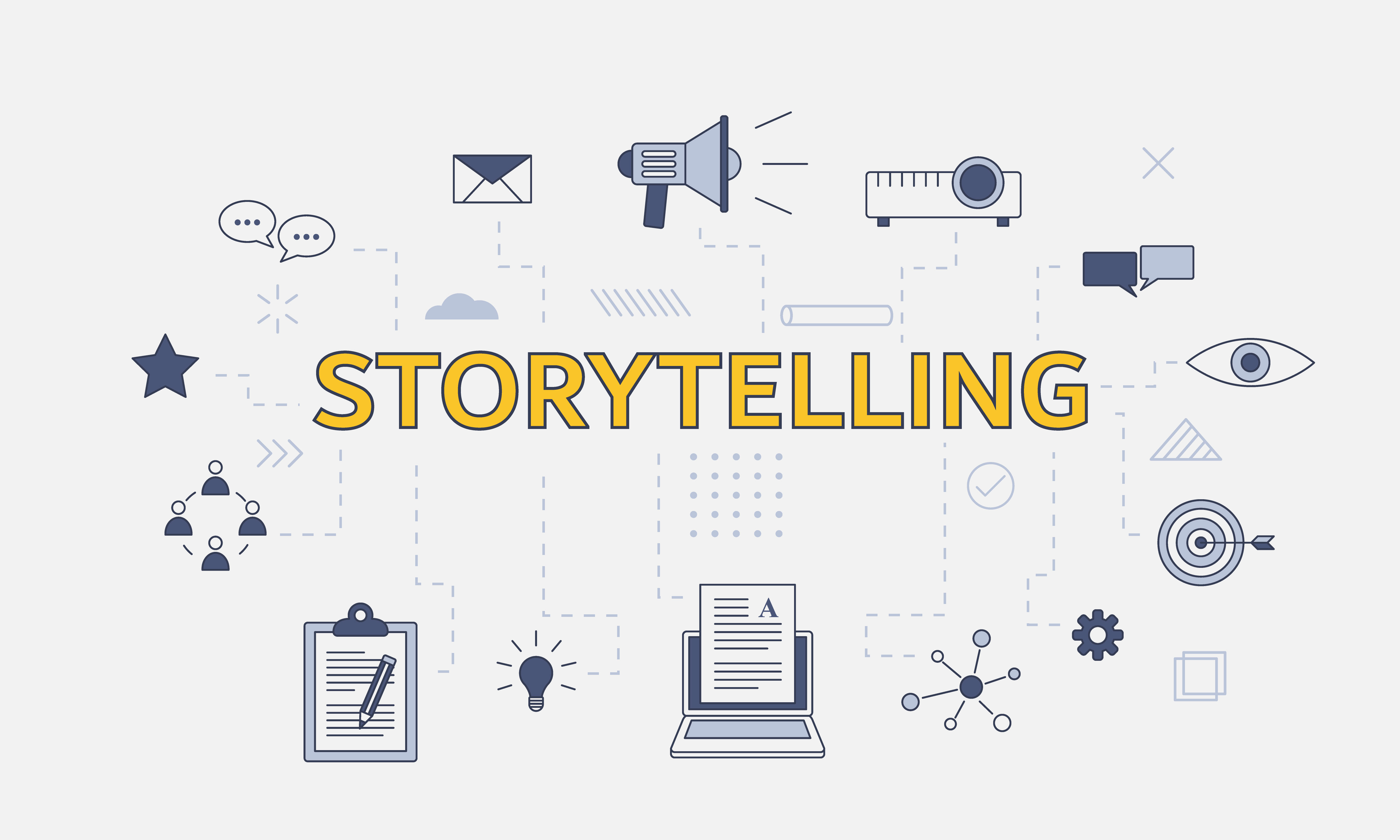
Brand awareness is crucial for any business. Still, it cannot, by itself, help companies take the next step of converting marketing into an instrument for increasing sales.
There is often a never-ending battle between marketers who play the long game and salespeople who aim to close deals fast. However, it doesn’t have to be that way. Deploying marketing strategies that improve sales while highlighting a brand’s story and values is possible.
Discover How Marketing Can Help Sales
In this blog, I’ll put forward five strategies designed to satisfy the plans and objectives of marketers and salespeople.
1. Inbound Marketing

Inbound marketing raises sales by helping businesses target people looking for their services. Furthermore, through different educational mediums, this technique can help clients realise that they need a particular product.
This marketing strategy is designed for sales funnels and marketing channels used in the digital era. It helps people become aware of the solution to their problem, introduces them to brands, and allows them to evaluate their purchases.
Compared to traditional outbound marketing, this type of marketing takes longer to deliver results as it requires a lot of content creation and search engine optimisation. However, patient companies will undoubtedly be able to augment their sales at a much lower cost.
Examples of Inbound Marketing:
- Content marketing
- Search engine optimisation
- Social media
2. Outbound Marketing

This traditional marketing strategy is effective for boosting sales when ideal audiences aren’t aware that a solution to their “pain” exists. Businesses use it to get their brand in front of people who aren’t actively seeking it.
Companies shouldn’t cast too wide a net and send their message just to anyone. Instead, they should conduct comprehensive research to filter people who would get value from their website, products, and contact information.
Targeting the wrong audience can backfire as the campaign may become a nuisance that people don’t want to deal with, harming the brand’s reputation.
Examples of Outbound Marketing:
- Print ads
- Television ads
- Radio ads
- Cold calling
- Cold emailing
- Trade shows
3. User-Generated Content

Since the digital revolution, marketing and sales have earned a spot among the least trusted professions, making customer acquisition remarkably challenging. The lack of confidence is because audiences are bombarded daily with emails and ads promoting different products and services as the best in the world.
That’s why client-oriented businesses highlight what others say about their brand and products. They invest in studies, display customer testimonials, and partner with third-party user review portals to effectively market their services and lift sales.
Shining light on satisfied clients will always be a better strategy than imposing a message on someone who may not be interested in it.
User-Generated Content examples:
- Public relation platforms
- User review platforms
- Content marketing
4. Personalised Marketing

Nowadays, clients don’t want to feel like they’re just a number for the organisations they give their business to. That’s why personalised marketing has become an essential player in today’s customer relationship tactics.
According to studies, 80% of people are more likely to purchase from a company that offers an experience tailored to their needs and preferences. The same studies show that 72% of consumers won’t engage with a marketing campaign if it’s not personalised. If these stats aren’t enough, here’s one more. Personalised marketing has a 20:1 Return on Investment (ROI), making it incredibly successful when the goal is to enhance sales.
Personalised marketing uses a mixture of inbound and outbound marketing strategies combined with detailed research and audience segmentation. It’s what makes it so effective and precise.
Personal Marketing examples:
- Chatbots
- Segmented email marketing
- Programmatic advertising
5. Brand Storytelling

Instead of “fighting” each other, marketers and salespeople should work hand-in-hand to attain their objectives. Marketing specialists can transform salespeople into their most valuable asset when operating in tandem. After all, they are the people who communicate with a company’s ideal audience, relay personalised messages, and highlight the benefits of the brand.
Exchanging their experience with one another doesn’t only help with creating more effective campaigns and strategies. It also enables marketers to adjust brand storytelling in accordance with the latest client preferences and business trends. Last but not least, it allows both teams to be on the same page, minimising the possibility of discrepancies between what is being promoted and sold.
Brand Story examples:
- Website
- Sales training
- Sale collateral
Always Make Sure The Marketing Strategy Is Up-To-Date
The absolute truth is that there’s no one “correct” marketing strategy to increase sales. What works for one company may not work for another. The right approach is determined by the size of a business, what it offers, who its target audience is, and what resources they are prepared to dedicate.
The abovementioned strategies are a solid foundation for a company to design their approach. However, businesses should always test their strategies before entirely allocating their resources. Finally, even the most efficient tactics must be reviewed and updated as the market changes.


